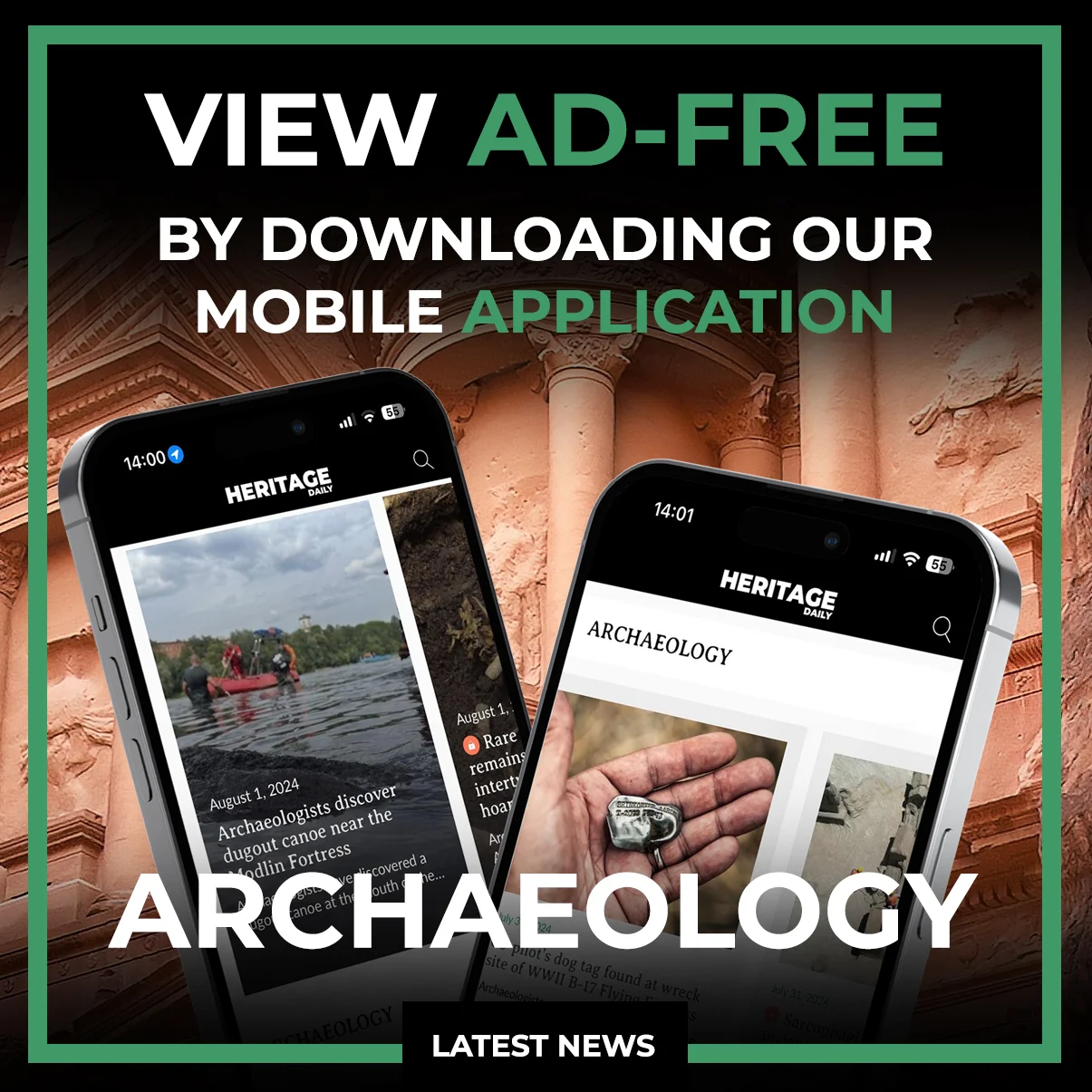Archaeologists from the University of Siena have unearthed a 4,000-year-old temple complex on Cyprus.
The site is part of an ongoing study by the Erimi Archaeological Project, who are conducting excavations near the village of Erimi in Limassol District.
According to Professor Luca Bombardieri, Director of the Italian Erimi Archaeological Project/Archaeological Mission to Erimi, the site is located inland on a high limestone terrace that overlooks the Kouris River.
Excavations have revealed a large temple complex with a central monolith decorated with a circular motif, and a series of residential units associated with a settlement, dyeing vats, warehouse, and workshops used by Bronze Age artisans.

According to the researchers, the site covers an area of more than 1000 square metres and is the oldest ceremonial structure discovered on the island, which has been dated to around 2,000 – 1600 BC during the Middle Bronze Age.
The monolith, originally standing at 2.3 meters tall, has collapsed onto the floor in the “sacred space”, destroying a large amphora that was likely placed as a ritual offering in a small circular hearth.
Archaeologists also found the skeletal remains of a woman who appears walled up in an ancient dwelling, for which an osteoarchaeological analysis suggests that she died from a spear or sharp object that impacted her skull.
According to the researchers, the temple discovery provides a unique insight into the ritual activities of Bronze Age communities and the historical narrative of the island’s early inhabitants.
Header Image Credit : University of Siena
Sources : University of Siena







